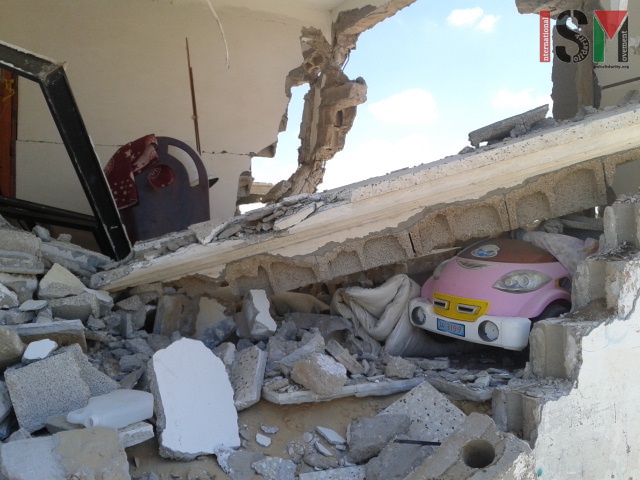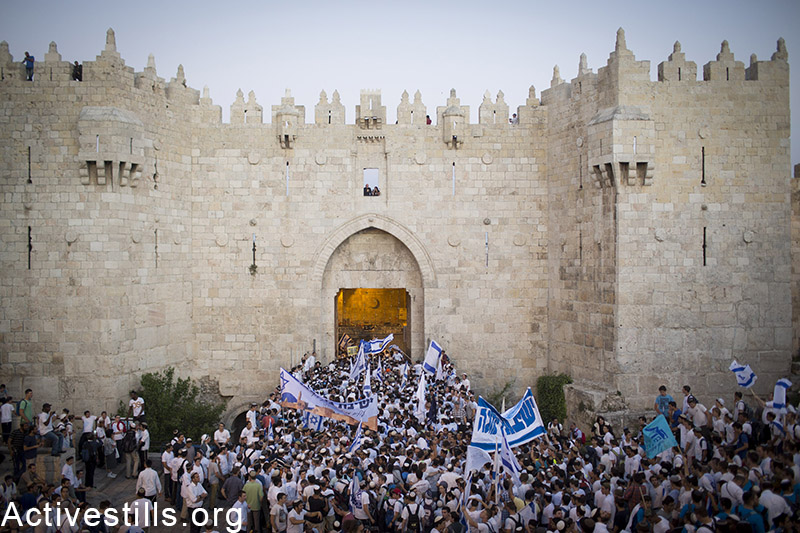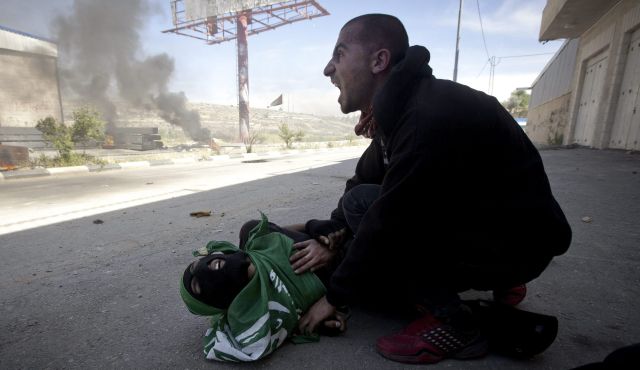-
“…but still with a few hope in our hearts”
20th May 2015 | Inas Jam | Khuzaa, Gaza. Editor’s note: This is the testimony of a 23 year old woman who survived the land invasion of Khuzaa, Gaza, in the summer of 2014. This is the original version of her writings and no edits have been made. We were in Khuzaa in our grandfather’s house when the war started. […]
-
Jerusalem Day: Palestinians met with extreme violence
On Sunday 17th May 2015, I witnessed some of the most violent and painfully blatant acts of Apartheid since my time in Palestine. I went to Al Quds for the annual ´Jerusalem Day´, to document the racist chants, commonly known to occur. ‘Jerusalem Day’, or ‘Yom Yerushalayim’ is a zionist celebration of the 6 day […]
-
Recollection and memory, Al-Nakba continues
15th May 2015 | Karam (Muhannad) | Ofer military prison, Occupied Palestine The following post is written by the medic that was present on the scene on May 15th 2014, during the killing of Mohammad Odeh and Nadeem Nuwwarah as protesters commemorated al-Nakba near Ofer Military Prison. During Nakba day commemoration, Birzeit’s student council were trying to […]
Action Alert An Nabi Saleh Apartheid Wall Arrests BDS Bethlehem Bil'in Cast Lead Demonstration Denial of Entry Ethnic Cleansing Farmers Gaza Global Actions Hebron House Demolition International law Israeli Army Jerusalem Live Ammunition Nablus Ni'lin Prisoner Ramallah Rubber-coated steel bullets Settlement Settlers Settler violence Tear-Gas Canister Video



